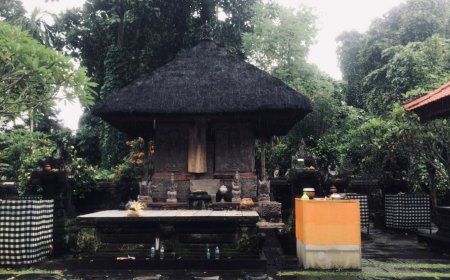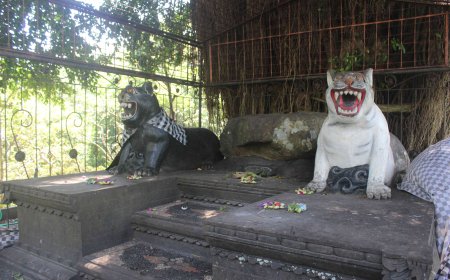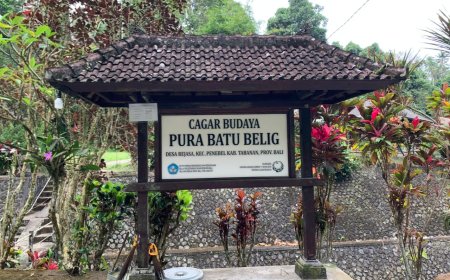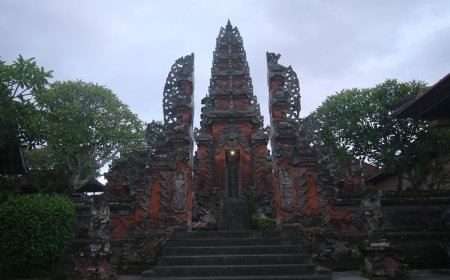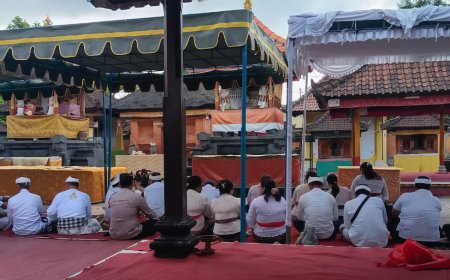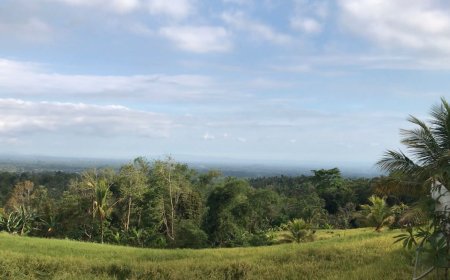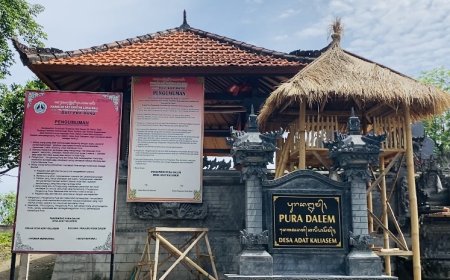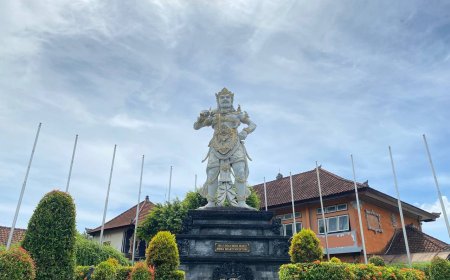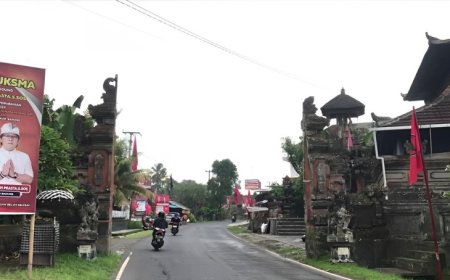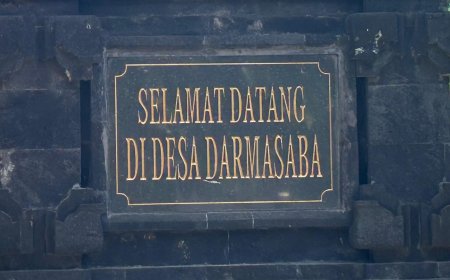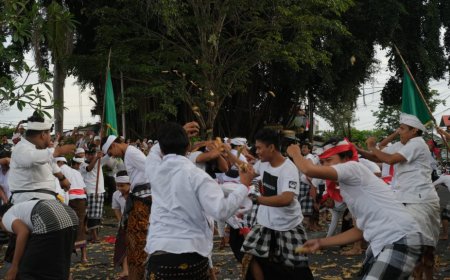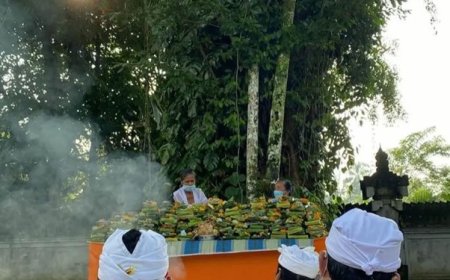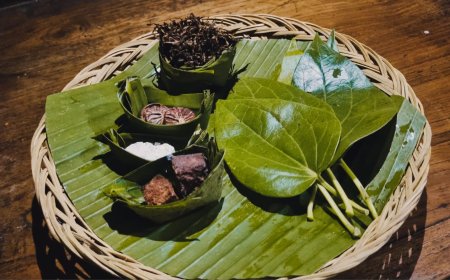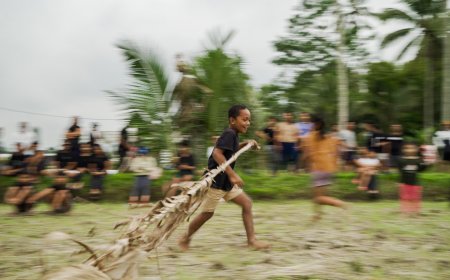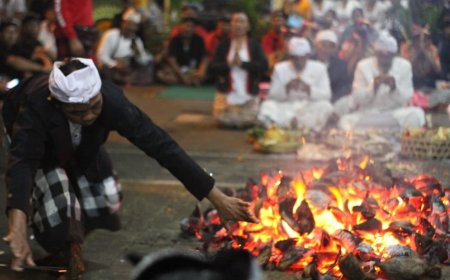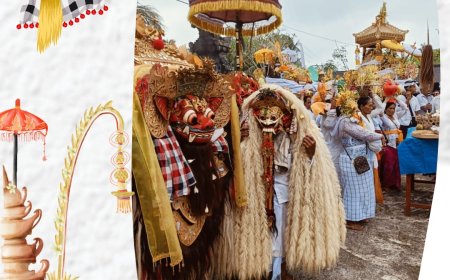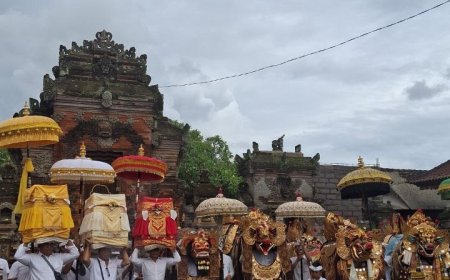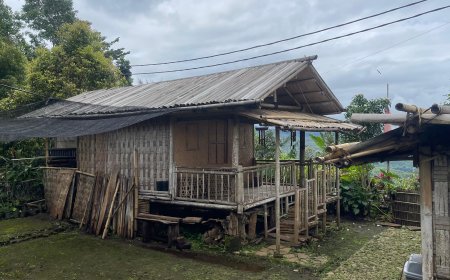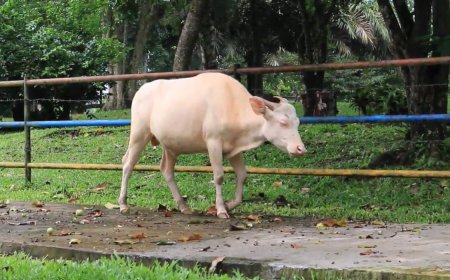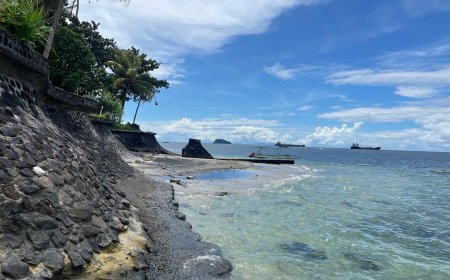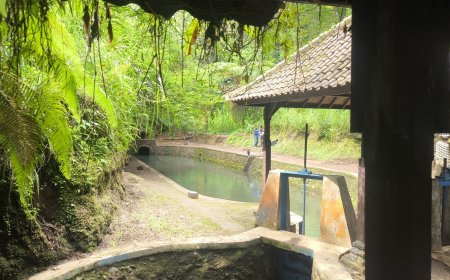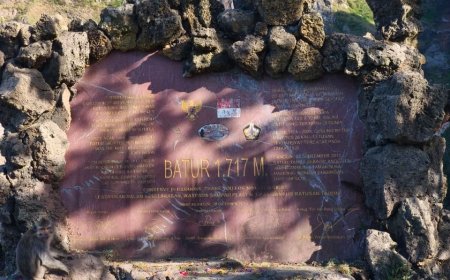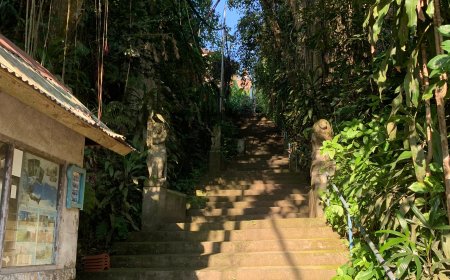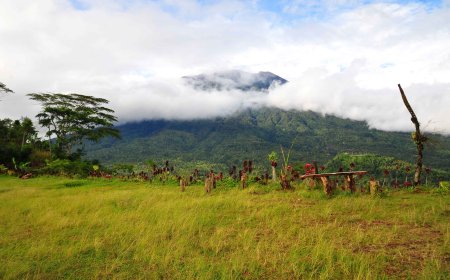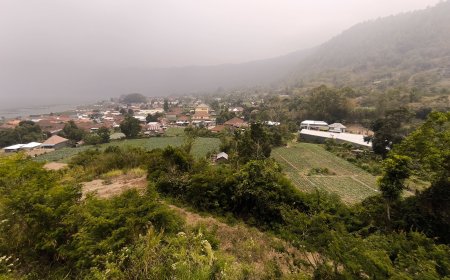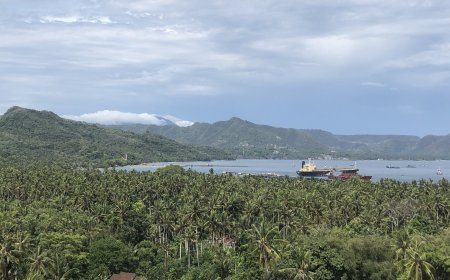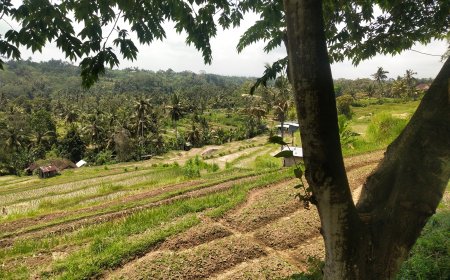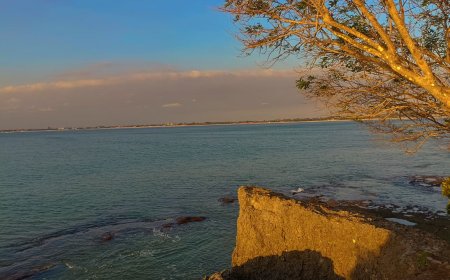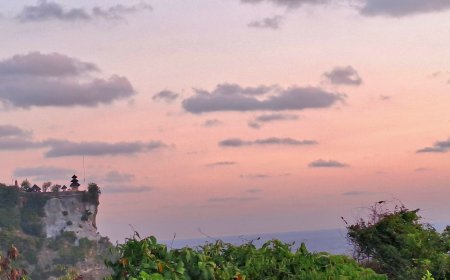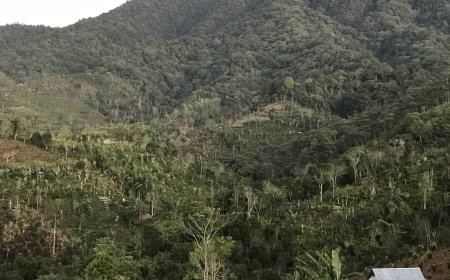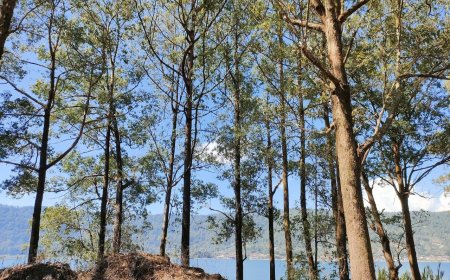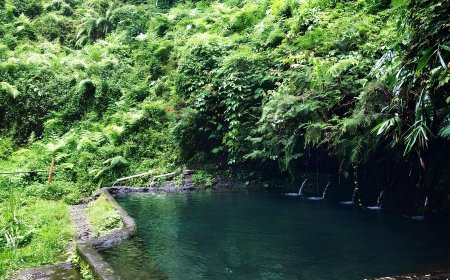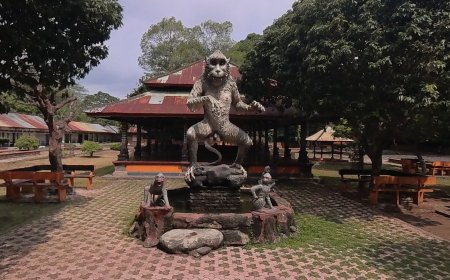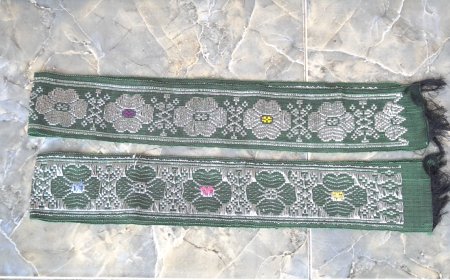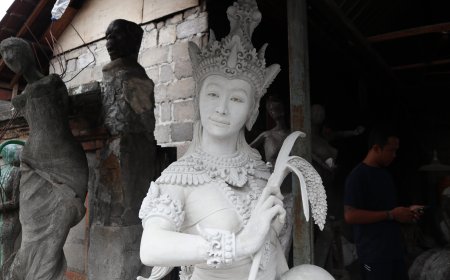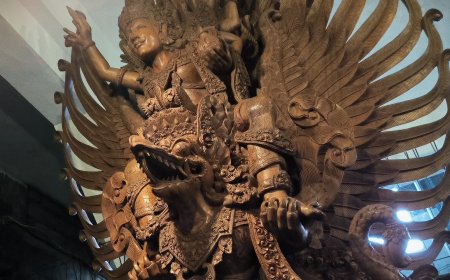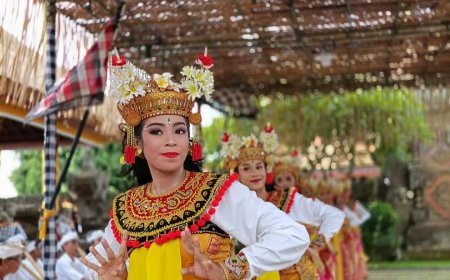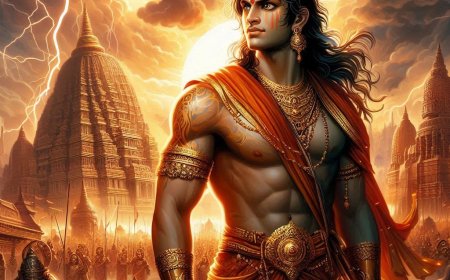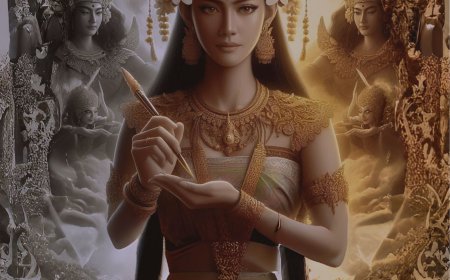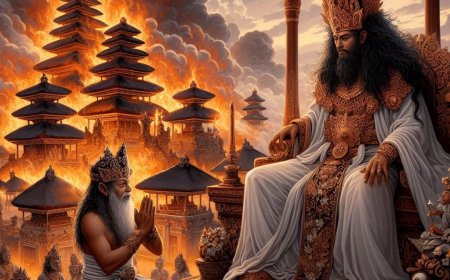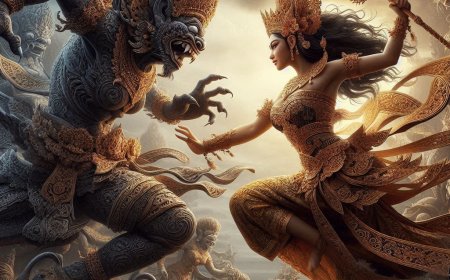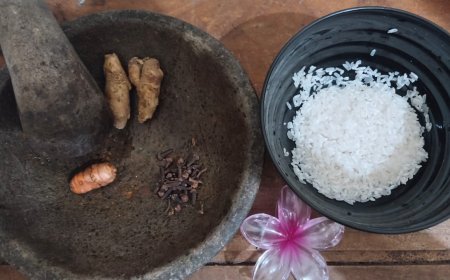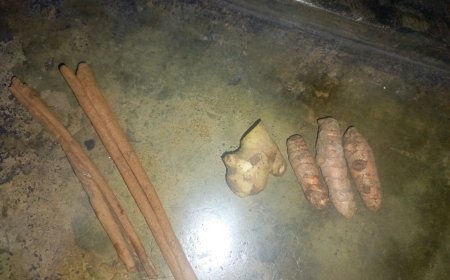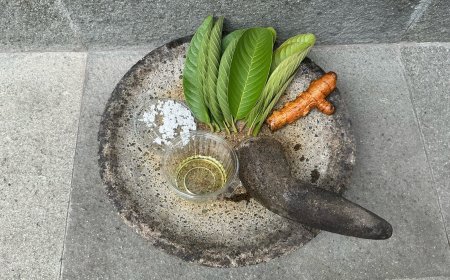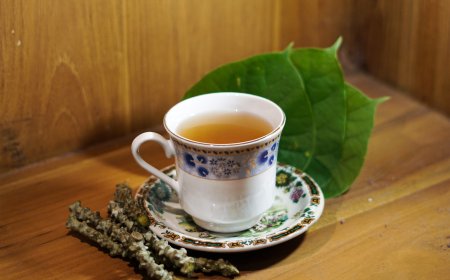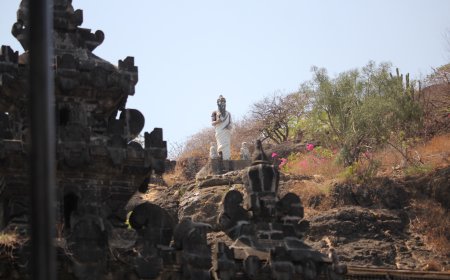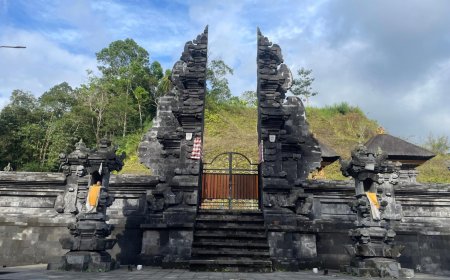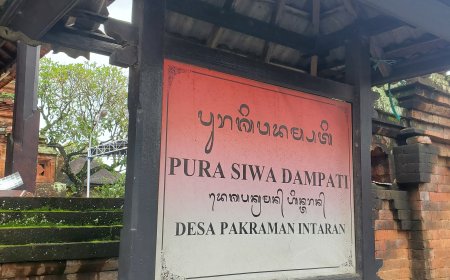The Kahyangan Tiga Temple of Aan Village : Traces of History and Myths Surrounding It
Desa Aan has the Kahyangan Tiga Temple Complex as its spiritual center, which includes Pura Penataran Gunung Kawi, Pura Puseh and Bale Agung, and Pura Dalem Setra Kelod. These temples preserve ancestral relics, myths, and unique traditions such as the Ngusaba and Ngerebek ceremonies, which strengthen the harmony between humans, nature, and God. The existence of the Kahyangan Tiga Temple Complex reflects the rich cultural and spiritual heritage of the village, while also serving as a symbol of the identity of the Desa Aan community.
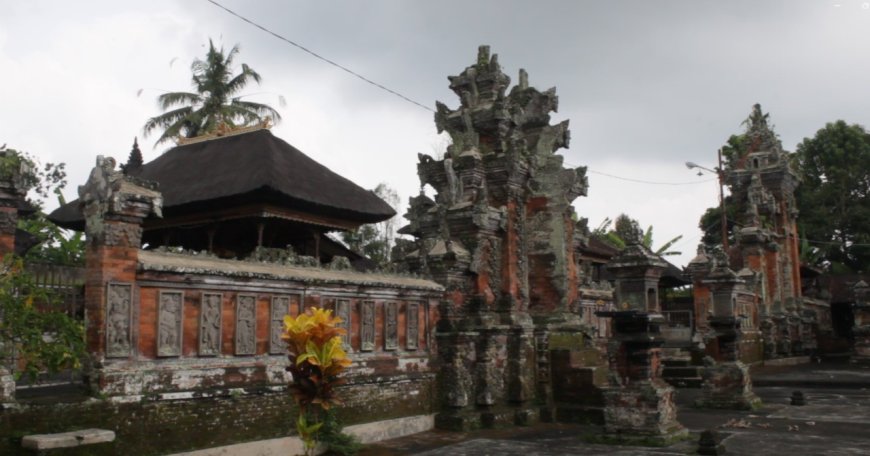
The village of Aan was established around 1580 during the journey of Kyayi Agung Pasek Gelgel. Following the clearing of the forest, the development, and organization of the village, Aan was founded. According to the Babad Pasek (Pasek Chronicles), Aan was officially established on March 5, 1755, on a Wednesday of Kliwon Paang. Aan is a village located in the Banjarangkan District, Klungkung Regency. Like other traditional Balinese villages, Aan also has a Kahyangan Tiga temple complex, which serves as the spiritual and religious center for the community. This complex consists of Pura Desa, Pura Puseh, and Pura Dalem.
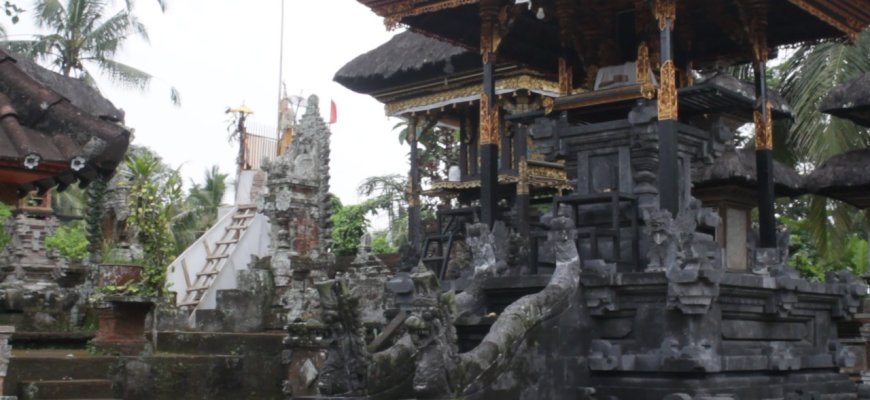
Pura Penataran Gunung Kawi (Source: Personal Collection)
The Kahyangan Tiga Temples of Aan Village consists of Penataran Gunung Kawi Temple, Dalem Setra Kelod Temple and Puseh, and Bale Agung Temple. This temple complex serves as the spiritual center of the Desa Aan community and is an important part of the traditional Kahyangan Tiga system practiced in Bali to maintain the balance between humans, nature, and God. The first temple to be built was Pura Penataran Gunung Kawi.
Penataran Gunung Kawi Temple was originally known as Pucuk Ukur Ukuran Gunung Kawi Temple. The temple was later relocated about 700 meters downhill. This relocation not only moved the physical structure but also combined the spiritual functions of the original temple on the hill with the new one. As a result, a combined temple was formed, named Pura Penataran Gunung Kawi. This makes the temple a symbol of the continuity of ancestral traditions passed down from generation to generation.
Penataran Gunung Kawi Temple is a very important place for religious ceremonies in Desa Aan. Two piodalan ceremonies are held at the temple every year. The piodalan at Penataran Temple takes place during the Purnama Kapat, while the piodalan at Gunung Kawi Temple is held during Anggar Kasih Julung Wangi. Both of these piodalan ceremonies involve the entire indigenous community of Aan village to maintain the harmony of their spiritual relationship with Ida Sang Hyang Widhi Wasa.
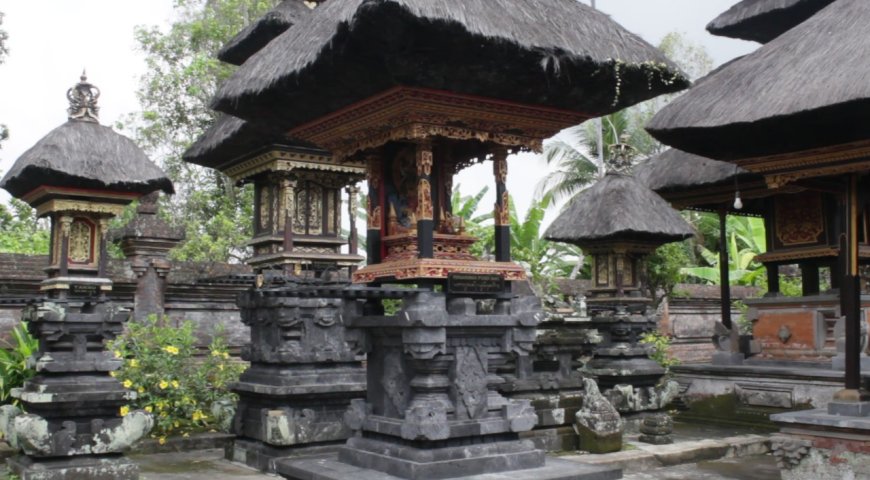
Pura Puseh and Bale Agung (Source: Personal Collection)
Puseh Temple of Aan Village is an important part of the Kahyangan Tiga Temple Complex, with deep spiritual and social significance for the local community. This temple is a combination of all the Pura Puseh temples in Desa Aan, making it the center of worship and a symbol of unity among the indigenous people. Within the temple structure, there are two main shrines, the Pelinggih at Puseh Temple located to the east, and the Pelinggih at Bale Agung Temple located to the west. The presence of these two shrines symbolizes harmony between the worship of the gods and the practice of customs involving the entire village community.
The piodalan at Puseh Temple is held every six months, specifically on Buda Manis or Wraspati Wage Wuku Dungulan. This ceremony is an important moment for the community to pray for blessings from Ida Sang Hyang Widhi Wasa, asking for safety, prosperity, and well-being. The piodalan at Bale Agung Temple, held once a year during the Purnama Kedasa, is also a significant part of Desa Aan's spiritual tradition. This ceremony is a form of respect to the ancestors and gods who are believed to protect and bless the community.
Once a year, the Ngusaba ceremony is also held. During this ceremony, all the pratima and seuunan of Kahyangan Jagat Aan gather at Pura Bale Agung. In addition, the ceremony is attended by the gods and goddesses, including Dewi Sri, who is the symbol of fertility and the protector of the rice fields and farmlands of the farmers. The presence of Dewi Sri in this ceremony reflects the respect of the Desa Aan community towards the agricultural cycle and the importance of maintaining a harmonious relationship with nature.
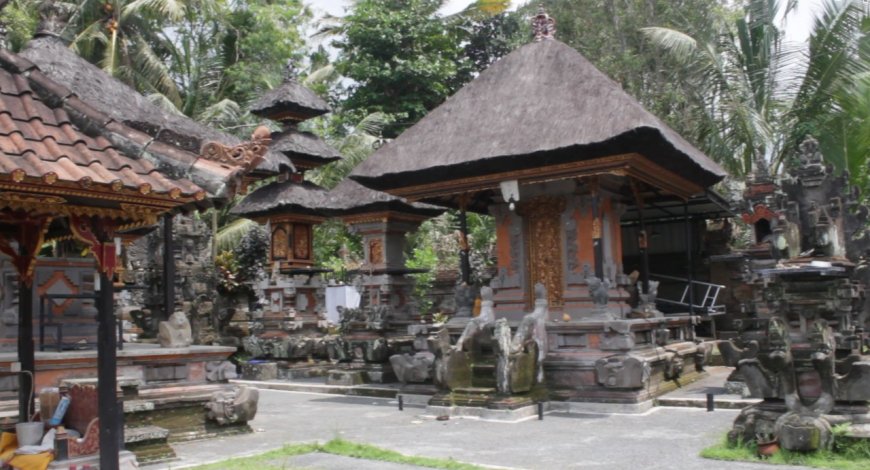
Pura Dalem Setra Kelod (Source: Personal Collection)
Pura Dalem Setra Kelod is a sacred site in Aan dedicated to Lord Shiva and Ratu Gede Panca Durga. The temple complex also includes Pura Prajapati, which plays an essential role in the religious activities of the community. The piodalan rituals here are held twice a year: during Ngusaba on the full moon of Kaulu and during Anggar Kasih Prangbakat every six months. These rituals are vital for fostering the spiritual relationship between the community, Lord Shiva, and the cosmic forces.
The local community also holds beliefs closely tied to the existence of Pura Dalem Setra Kelod. One strong belief is that this temple serves as a place to receive pawisik (spiritual guidance) when the village experiences undesirable events. Situations such as pandemics, unexplained deaths, or droughts are often seen as signs that special rituals need to be performed. The priests of Pura Dalem Setra Kelod will receive pawisik, indicating that a ritual called Ngerebek must be carried out.
The Ngerebek ceremony is a series of rituals aimed at neutralizing negative energy within the village. All the seuunan or pratima of Ratu Gede and Panca Durga will circle around Desa Aan. This ritual is believed to cleanse the village of negative influences and restore peace, comfort, and safety to the community. In addition to its profound spiritual significance, this tradition also reflects the local wisdom and the collective strength of the Desa Aan community in maintaining harmony between humans, nature, and the spiritual realm. The presence of Pura Dalem Setra Kelod and its rituals demonstrates how ancestral traditions remain alive and are respectfully preserved to this day.
The Kahyangan Tiga Temples of Aan Village has unique characteristics and rich historical value, reflecting the ancestral heritage and spiritual traditions of the local community. Each temple in this complex has its own distinctive features and appeal, setting it apart from other temples in Bali. For example, at Pura Penataran Gunung Kawi, there are ancestral relics such as statues of Ganesha, Dewi Laksmi, and a kendi (pitcher) or kumba. The kendi holds deep symbolic meaning, as it is believed that if the kendi is turned upside down, rain will fall. This belief illustrates the close connection between spiritual traditions and the agricultural life of the Desa Aan community. Additionally, Pura Penataran Gunung Kawi also houses two gentong (large jars) symbolizing prosperity. These gentong are believed to be linked to agricultural outcomes; if rice grows well in the gentong, the farming in the subak (irrigation system) is also expected to be successful, and vice versa.
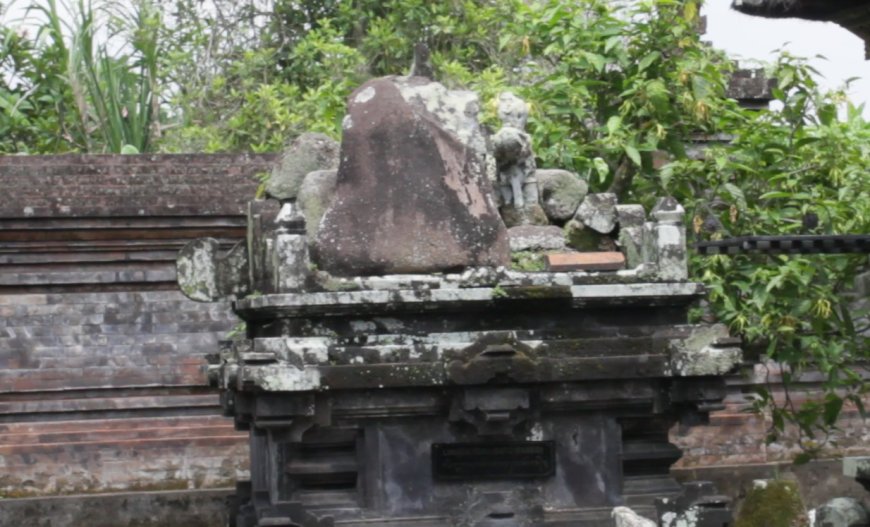
Lingga Yoni (Source: Personal Collection)
Another uniqueness is found at Puseh and Bale Agung Temple, which houses statues of Ganesha and a lingga yoni, relics from ancient times. The lingga yoni is a symbol of the union between Purusa (masculinity) and Pradana (femininity), representing harmony in life. These statues not only have aesthetic value but also serve as historical evidence of the strong presence of Hinduism in this region since ancient times.
Meanwhile, Pura Dalem Setra Kelod plays an important role as a place of worship for Lord Shiva, Ratu Gede, and Panca Durga. Panca Durga symbolizes the five elements representing the existence of the Desa Aan community. This temple also serves as a center for spiritual activities when the village faces challenges such as natural disasters or epidemics. At Pura Dalem Setra Kelod, special rituals like the Ngerebek ceremony are often performed to neutralize negative energy and restore the spiritual balance of the village.
Kahyangan Tiga Temples serves as a symbol of unity and cultural identity for the people of Desa Aan. Its existence reflects how the community preserves ancestral traditions while maintaining a harmonious relationship with nature and Sang Hyang Widhi Wasa. With all its uniqueness, Pura Kahyangan Tiga Desa Aan stands as a silent witness to the long journey of history, culture, and spirituality passed down through generations.
